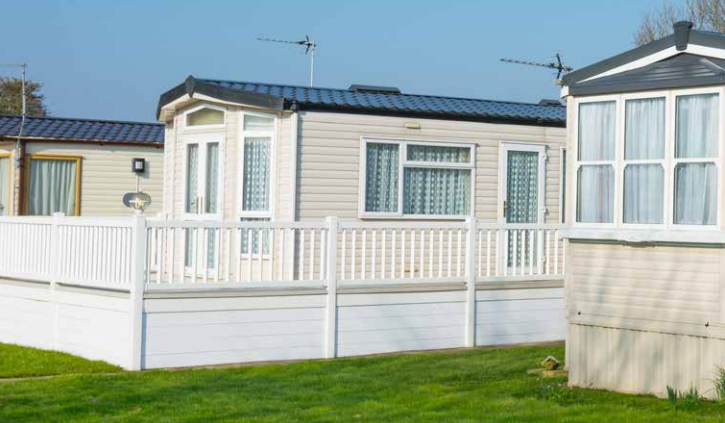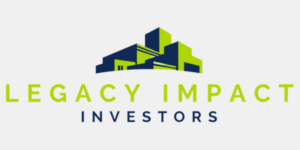
“Savvy investors know that investing in mobile home communities is not about owning the units, it’s about the land underneath.”
– Neil J. Timmins
If you read articles, listened to podcasts, or attended conferences about real estate in 2022, you likely heard a lot about the “sun belt markets” and “sunshine states” as the hottest places to buy and sell last year. The U.S. Sun Belt is a moniker for states in the Southwest and Southeast. Phoenix, Raleigh, Austin, Jacksonville, Charlotte, Nashville, Tampa—all Sun Belt cities predicted by QuickenLoans to be among the “18 Hottest Housing Markets in the US” last year.
The trend towards warmer markets will continue in 2023, according to PWC, who list their top 5 cities in 2023 as Nashville, Dallas/Ft. Worth, Atlanta, Austin, and Tampa/St. Petersburg. The National Housing and Economic Correspondent for USA Today, Swapna Venugopal Ramaswamy, proposes that mid-sized markets will reign in 2023 due to low inventory and rising interest rates. Danielle Hale, the chief economist for Realtor.com, states that because mid-sized markets like Grand Rapids-City of Wyoming, MI and Louisville, KY “did not overheat during the [COVID-19] pandemic housing frenzy” they remain on more stable footing for pricing and affordability.
Whether talking about mid-sized markets or Sun Belt states, it’s not all sunshine for potential renters and homeowners in 2023. There are at least five areas of concern for the average Jack who rents or Jill who owns: higher interest rates, inflation outpacing wages, swollen home prices, low inventory, and institutional buyers.
Consumer Pain Points
Higher Interest Rates: In December 2021, a buyer could expect a 3.1% interest rate on a 30-year fixed mortgage. December of 2022, that same buyer is looking at a 6.33% rate for the same terms. A top concern for many buyers is inflation, and additional interest does not help. Affordability is also a major concern for buyers. The average monthly mortgage payment (assuming a 20% down payment) has increased by 107% since 2019.
Inflation Outpacing Wages: A growing number of households are “priced out of the for-sale market” according to a 2023 PWC report. Renters who want to own are climbing an uphill battle towards saving for a down payment. 99% of U.S. cities saw rents increase last year, with 75% seeing double-digit rent raises. While average wages are up 23% in the last five years, rent growth has far outpaced these gains at over 36.9% in the same period.
Swollen Home Prices: Home prices surged because of the pandemic. The Mortgage Bankers Association (MBA) reports that mortgage applications are at their lowest in 25 years. Buying power is down for families across the board. In 2019, a family needed an income of around $52,000 to purchase a median-priced home with a monthly payment of $1,220. Today, that number has shot up to almost $100,000, with a monthly payment increase of an additional $1,000.
Low Inventory: Multiple offers over list price. Full cash offers. Packed open houses. 2022 was a seller’s market. Although the market is normalizing, there is still not enough inventory to match demand which has kept prices elevated. Rick Sharga, executive vice president of market intelligence at ATTOM Data says the 3.3-month supply of homes on the market “is about half of what we’d like to see normally.”
Investors & Institutional Buyers: Tim Henderson for Pew reported that “Investors made 29% or more of the home purchases last year in Arizona, California, Georgia, Texas and Nevada, and investor purchases doubled or more from 2020 for Florida, Nevada, Vermont, and Washington.” Increasing activity from investors (small and institutional alike) has contributed to rent hikes and diminished affordability in Sun Belt markets.
These concerns will vary depending on the market, but the theme remains the same: homeownership and renting grow increasingly expensive. Given these factors, there is one particular kind of investment property we will be keeping an eye on in 2023.
Last Stand at Affordable Housing: Mobile Homes
Do you know how many Americans live in Mobile Home Parks? 5.6% of the U.S. population, almost 18 million people, call a mobile home “home.” The Manufactured Housing Institute (MHI) reports that in 2021, manufactured housing accounted for 9% of new, single-family home starts. Since the average sales price of a new manufactured home (without land) is just $108,100, mobile homes are an affordable alternative for many Americans.
Mobile homes are my hot market to watch in 2023 because they meet a real need in the market (affordable housing), and they present a variety of investment upsides:
Recession resistant
Asymmetric financial returns
Relative low cost of acquisition
Reduced maintenance
Value-Add rich environment
Limited supply with restrictive barriers to building
I’m not the first to suggest that Mobile Home Parks are an attractive and unique investment vehicle. Andrew Keel notes three big names who invest heavily in the space: Warren Buffett through his company Clayton Homes (largest manufactured housing producer in the U.S.), billionaire Sam Zell who founded Equity Group Investments, and Blackstone Group who has acquired large amounts (notably $550 million in 2021) of mobile home investments. While institutional investors have grown more interested in the mobile home space, the fractured nature of the market makes it especially attractive for nimble investors.
The Hot Ugly Duckling
In 2020, the total transaction volume for manufactured housing “was around $4.2 billion.” While mobile homes fall outside the “core four” of commercial real estate (office, industrial, retail, and multifamily), they have the financial returns to match or outperform traditional investment assets. Mobile home communities have historically performed well in recessions and with “cap rates often over 10%, and cash-on-cash returns of 20%,” Frank Rolfe (who with his partner, is the 5th largest mobile home park owner in the U.S.), argues that they have the “highest yields in commercial real estate.”
Savvy investors know that investing in mobile home communities is not about owning the units, it’s about the land underneath. In most cases, the unit is owned by the resident, who pays monthly to lease their pad. If you are just buying the land, your cost to acquire is relatively low, and repairs and maintenance are limited to the upkeep of the park rather than each unit.
Mobile home communities are a value-add rich environment. An estimated 85-90% of mobile homes belong to ‘mom-and-pop’ investors who often run these communities with minimal structure. These operators may own a handful of parks, but they largely neglect to provide sufficient maintenance and upkeep to avoid overhead costs. Instead of a coat of paint and new lights, a park might need utility upgrades, road repairs, or decent landscaping. Derelict parks are a disservice to the residents and the broader community. With professional management and ongoing capital improvements, residents can see a dramatic increase in their quality of life and the parks are situated to thrive for the long term. Investors get rewarded for capital improvements with higher lot rents, an enhanced asset, and a stabilized community.
On average, apartment accommodations are “30-60% more expensive than living in a mobile home.” Americans who have a demand for affordable housing are undersupplied. The pool of potential residents is large, but only around 10 new mobile home communities are built a year. Restrictive zoning surrounding the construction of new parks makes it difficult to build, so the supply is largely restricted to what exists.
Recession and high inflation are top of mind for Americans and the need for affordable housing grows. Many mobile home communities across the country can fill that need. With the necessary management, operations, and improvements, mobile home communities can be transformed into a great place to live for residents and a home run for investors.
